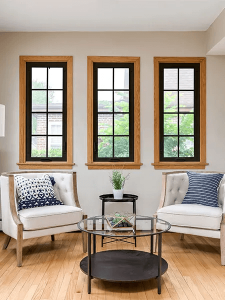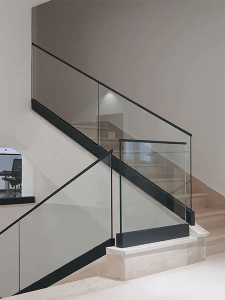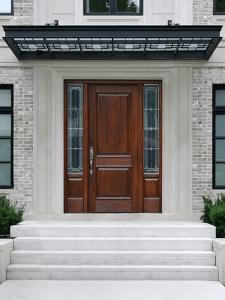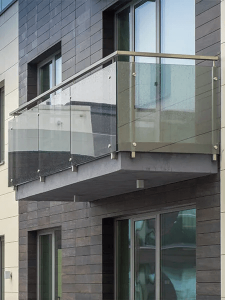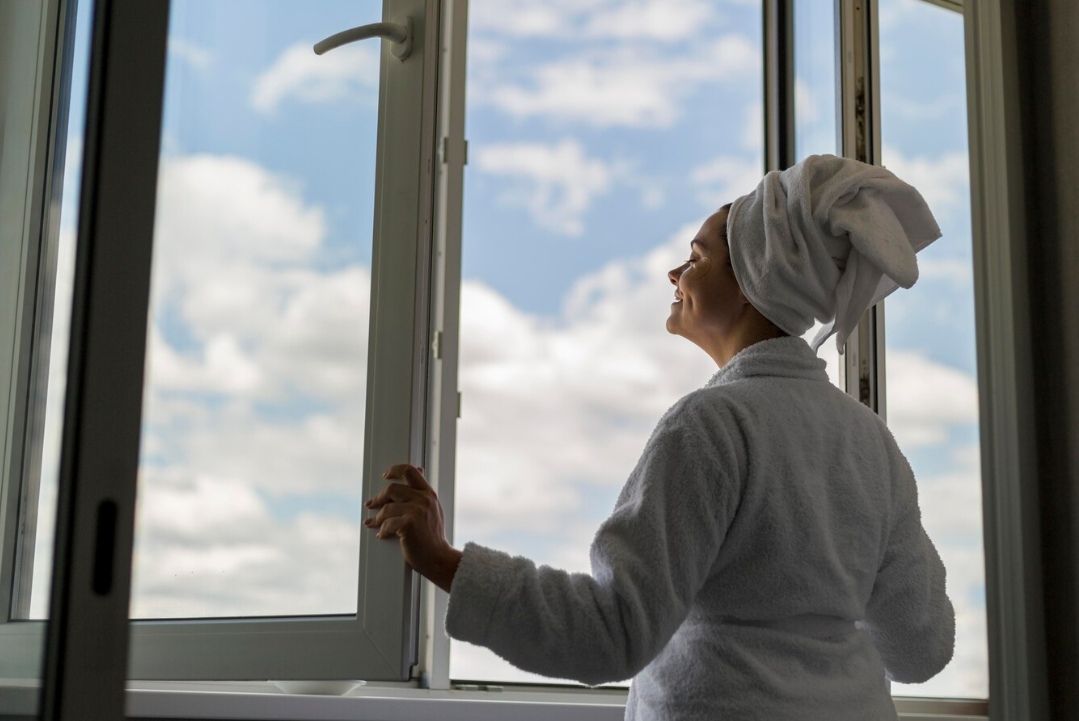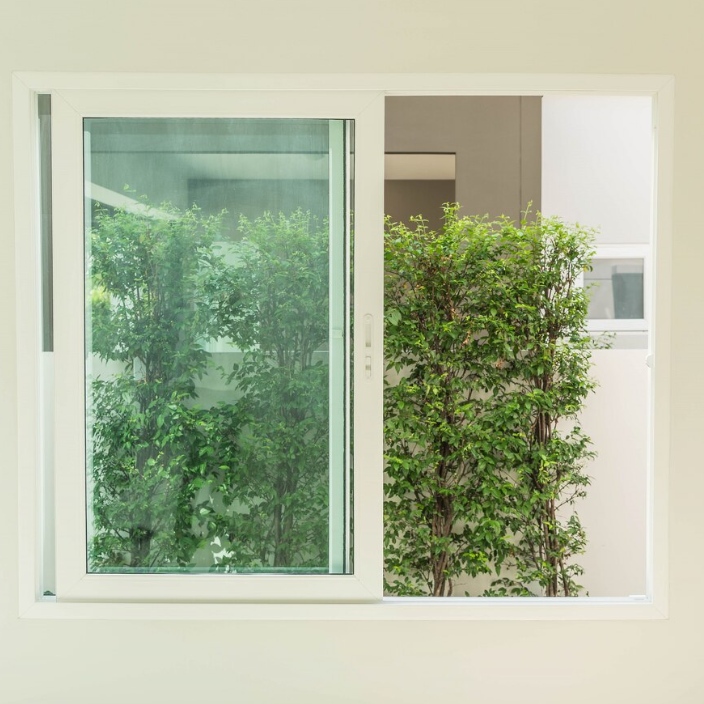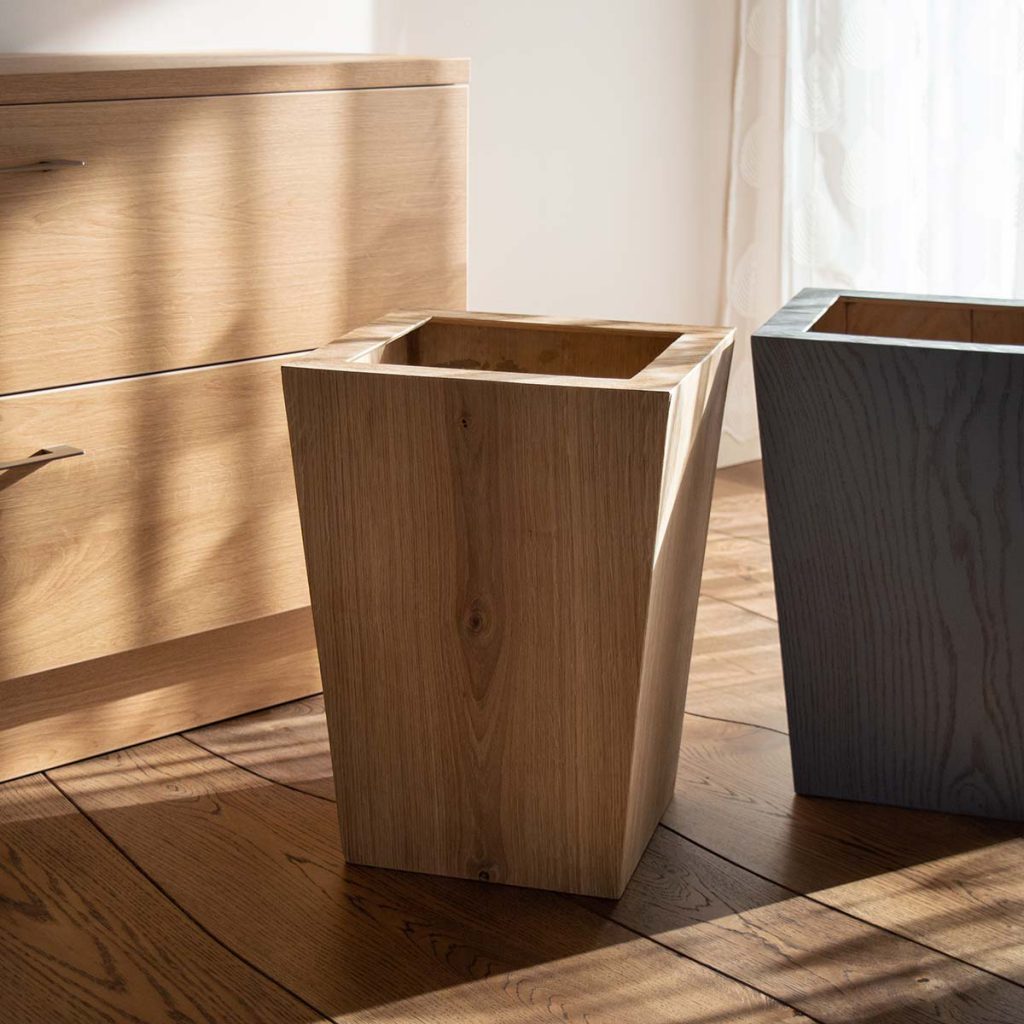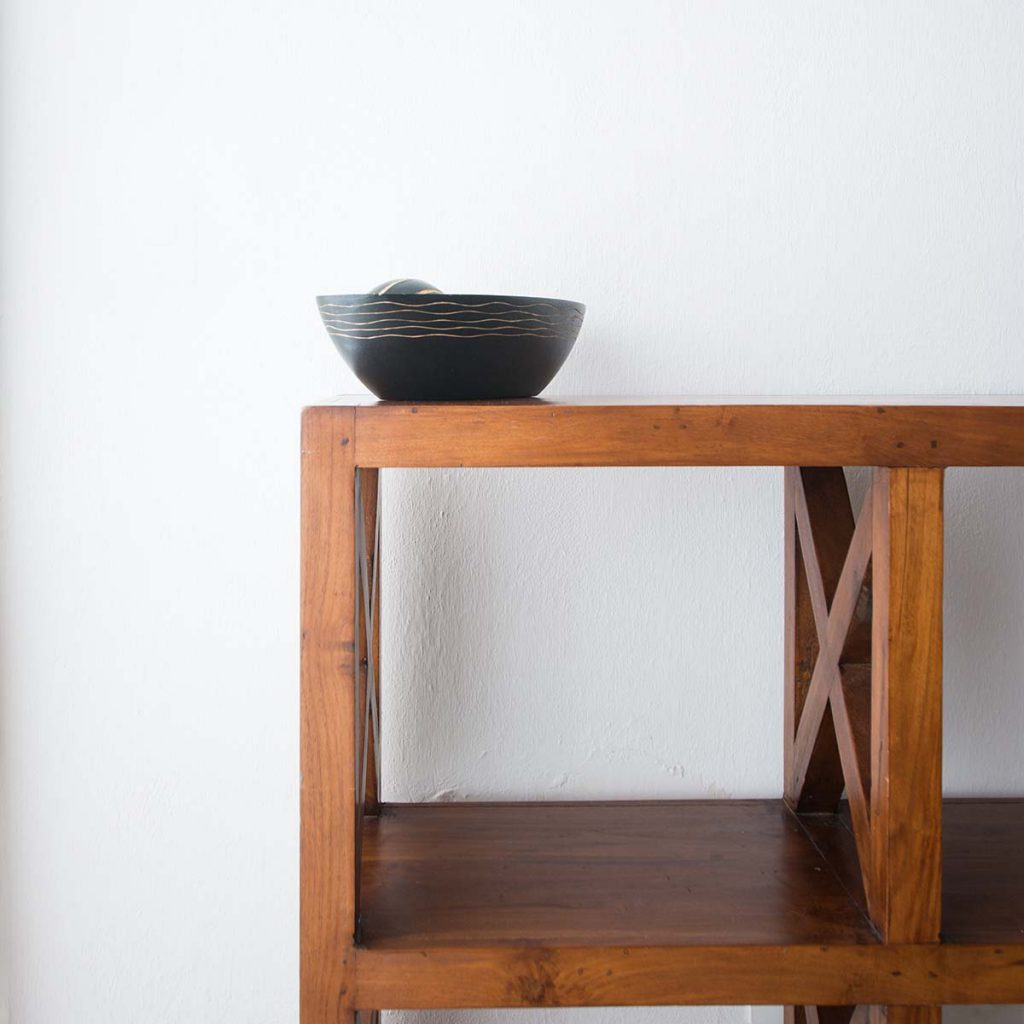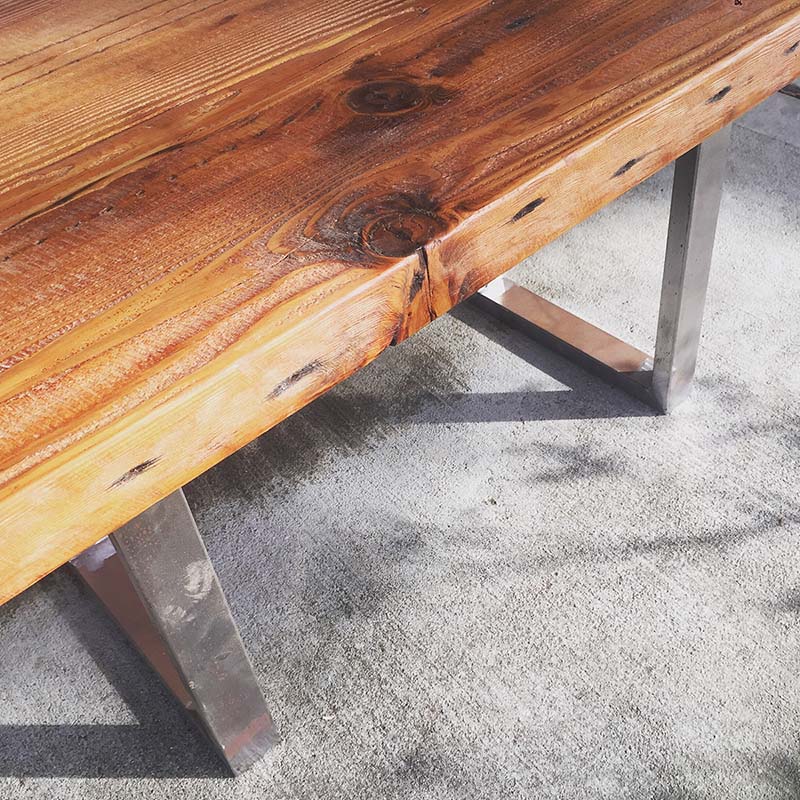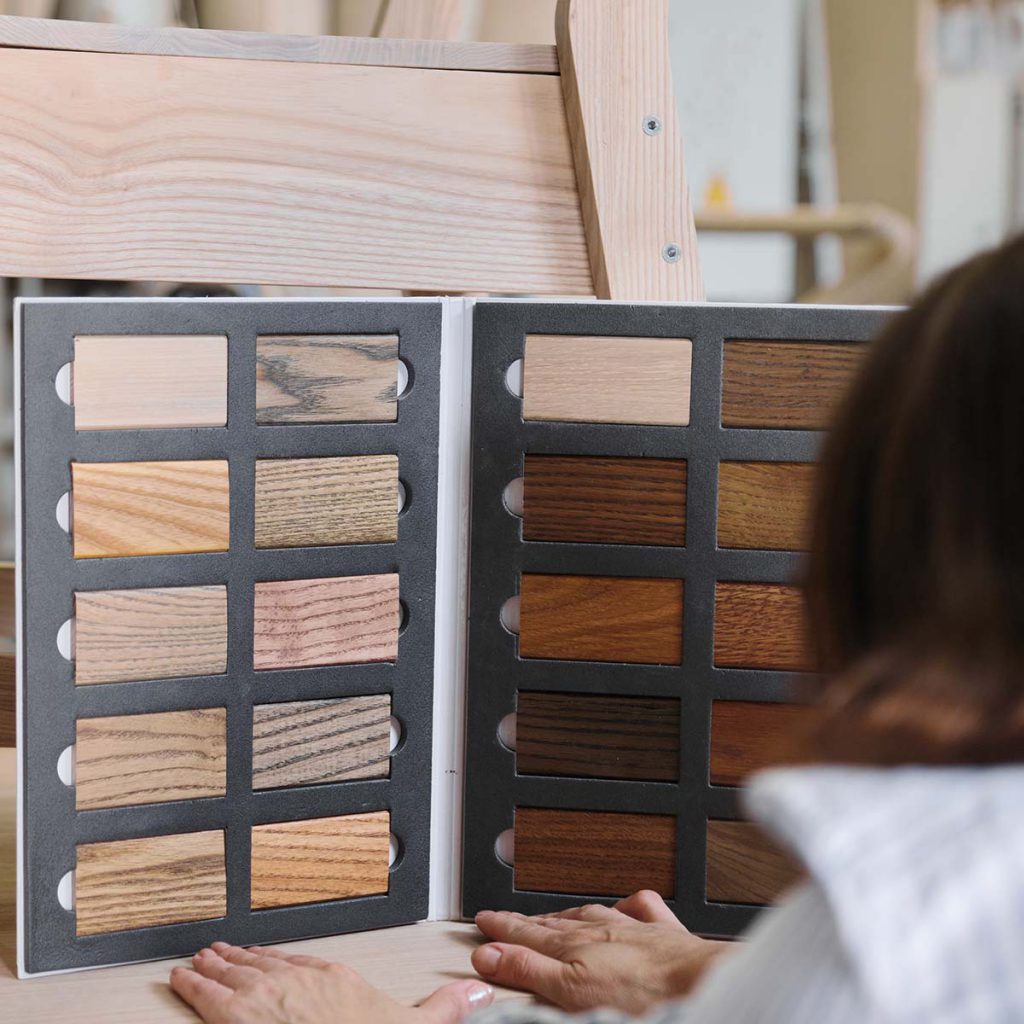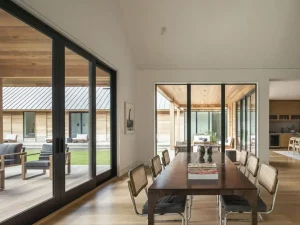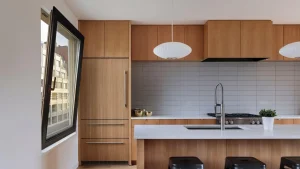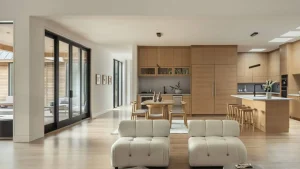What Are Energy Efficiency Benefits of Tilt and Turn Windows?
How Tilt and Turn Windows Boost Insulation
Tilt and turn windows are celebrated for their ability to keep warmth inside a building. They save energy well by shutting tightly. These materials act as a strong shield against temperature changes.
Reducing Air Leaks with Tilt and Turn Mechanisms
The tilt and turn mechanism is key in stopping air leaks, often seen in older window types. When closed securely, multi-point locks create a firm seal around the frame. This reduces drafts and keeps indoor air in place. As a result, it maintains a cozy indoor environment. It also notably lowers energy costs. Features like triple pane glazing or built-in grilles further improve insulation. These additions enhance energy-saving performance.
What Are The Role of Proper Installation in Maximizing Energy Efficiency?
Importance of Expert Installation for Best Outcomes
Proper installation is vital to fully utilize the energy-saving perks of tilt and turn windows. Even with custom online window designs, faulty installation can lessen their impact. Trained installers make sure windows fit perfectly in the frame. They close off gaps that could let in drafts or water. Companies like Hiseng focus on installing high-quality aluminum-clad wood tilt and turn windows. They ensure each window works at its best.
Common Errors to Avoid During Installation
During window installation, mistakes like misalignment or poor sealing can harm performance. To prevent these, hiring skilled professionals is wise. For example, overlooking a building’s structural shifts can cause problems later. Using low-quality materials may also lead to issues, like warping or weaker insulation. Such errors can reduce the window’s efficiency.
Additional Advantages of Installing Tilt and Turn Windows
Enhanced Ventilation Options for Better Indoor Air Quality
Tilt and turn windows provide flexible ventilation choices. You can tilt them inward at the top for a gentle breeze, or swing them open like doors for full airflow. This versatility boosts indoor air quality. It also helps balance natural indoor temperatures. Thus, reliance on HVAC systems drops.
Improved Noise Reduction Features
Tilt and turn windows also cut down on noise disturbances. They use materials like American Oak veneers and advanced sealing methods. These form a solid soundproof barrier. This makes them perfect for homes in loud city areas.
Security Features That Aid Energy Efficiency
Tilt and turn windows prioritize safety. Their strong locking systems make break-ins from outside tough. This gives homeowners peace of mind. Options like 304SS burglar screens add more protection. They keep both style and function intact.
Factors to Consider Before Choosing Tilt and Turn Windows
Assessing Your Home’s Architectural Style
When picking tilt and turn windows, think about your home’s architectural style. This ensures a fitting choice that matches your taste. It should also blend with your home’s overall look.
Budget Considerations for Installation and Upkeep
Tilt and turn windows may cost more upfront than standard ones. Yet, their long-term energy savings often make up for it. Plus, these windows need little maintenance. Their sturdy materials, like aluminum cladding and quality wood frames, ensure they last.
Compatibility with Local Climate Conditions
Consider your local climate when selecting tilt and turn windows. Their excellent insulation works well in both hot and cold settings. They keep indoor temperatures comfortable. In areas with lots of insects, included screens are helpful during warmer months.
To fully enjoy these benefits, opt for expert installation from firms like Hiseng. Homeowners can improve energy efficiency while gaining more comfort, safety, and style.
Long-Term Impact on Energy Costs and Environmental Sustainability
Potential Savings on Heating and Cooling Bills
Tilt and turn windows can reduce heating and cooling expenses over time. Their clever design seals tightly when shut. This stops heat from moving between a building’s interior and exterior. Good insulation lowers HVAC system use. It ultimately reduces energy use. High-quality materials, like 6063 T5 aluminum clad wood profiles with 1.8mm thickness, boost thermal performance. They serve as a robust barrier against temperature shifts.
Besides, upgrades like triple pane glazing or built-in grilles enhance energy efficiency more. By cutting drafts and stabilizing temperatures, homeowners may see lower utility bills. Companies like Hiseng offer top-notch aluminum-clad wood tilt and turn windows. They ensure every product maximizes energy savings.
Contribution to Reducing Carbon Footprint
Tilt and turn windows improve energy efficiency, helping shrink a household’s carbon footprint. Less energy use means fewer greenhouse gas emissions. Reduced power or fuel is needed to control temperatures. This supports green building practices and climate change efforts.
Moreover, choosing windows with lasting materials, like American Oak veneers or finishes such as Burnt Teak or Cherry Wood, ensures durability. These reduce the need for frequent replacements. This longevity cuts waste, making them an eco-friendly choice for homeowners.
FAQ
Q: How long does a tilt and turn window installation take?
A: Installation time for tilt and turn windows depends on the size of the project and intricacy of the design. Residential installs by professional installers normally take one to three days. Hiseng firms focus on precision for superior performance and timely delivery.
Prevention is better than cure. Owners should keep the working area free and clear. Engaging professionals in tilt and turn windows assures a smooth, hassle-free operation.
Q: Will tilt and turn windows suit any kind of building?
A: Tilt and turn windows are very versatile. They suit most building types, ranging from modern to older homes. Adjustable finishes like Dark Walnut or Red Rosewood from manufacturers like Hiseng suit any property’s character.
Their compact size suits rooms with limited clearance, like balconies or narrow hallways. Having several colors of aluminum frame gives flexibility to meet different architectural needs.
Q: What safety precautions are needed during installation?
A: Safety is critical during tilt and turn window installation. Professional installers follow strict guidelines to protect themselves and residents. Key steps include:
Using proper tools for heavy materials, like 6063-T5 aluminum clad wood profiles.
Ensuring secure scaffolding or ladders at heights.
Wearing protective gear, such as gloves, helmets, and safety glasses.
Checking structural integrity before mounting windows.
Sealing gaps to stop air or water leaks.
Homeowners should hire experts familiar with these safety measures. Companies like Hiseng emphasize detail, ensuring efficiency and adherence to safety standards.
Tilt and Turn Window Solutions
Want to learn more about tilt and turn windows? Curious about our energy-efficient, sustainable products? Reach out via our website at Hiseng! Our team is committed to helping you improve your home’s comfort and cut energy costs.

